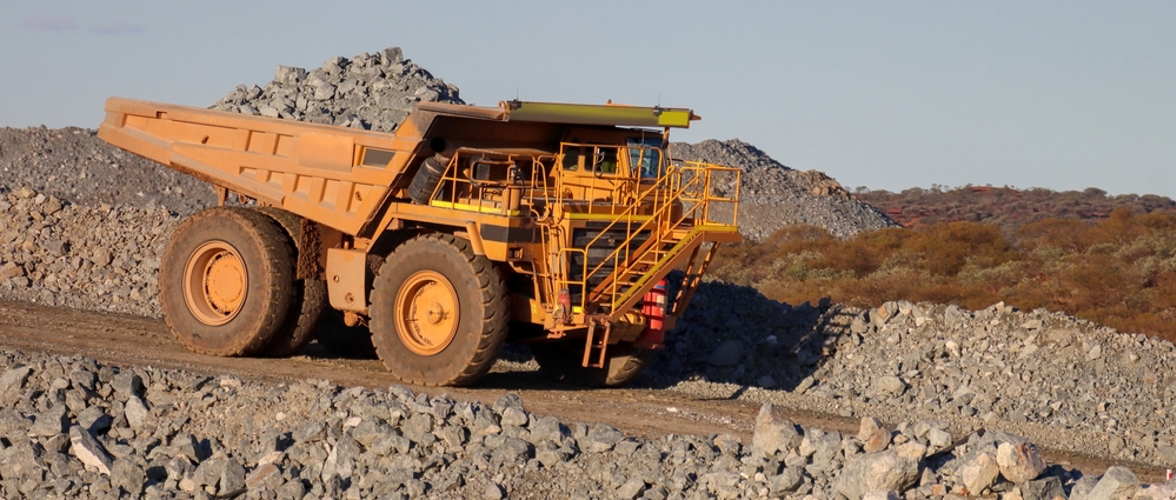Key Takeaways
- BHP and Rio Tinto enjoy bumper profits, extracting the most from their boots on the ground.
- Australia’s largest employers continue to lag behind CPI in terms of employee benefits.
- Skilled labour sees moderate growth in wage expenses, despite vacancy rate.
- Profit margins for the nation’s largest employers remain high, stabilizing to 2019 levels after a frantic 2021 financial year.
The ABS has revealed that the wage price index rose 3.1% over the year to September 2022. This recovery exceeds the pre-pandemic level of approximately 2.5%. Compounding this increase are the roughly 440,000 vacant positions in the country amid a growing skills shortage – but has this been reflected in the balance sheet of the nation’s largest employers, and who is getting the most of out of their workforce?

The above graph lays out the average revenue per employee of the ASX 200’s largest employers for the latest financial year. BHP and Rio Tinto (RIO) stand above the rest, reflecting the value of mature companies that leverage economies of scale. The two largest mineral merchants in the ASX have enjoyed another financial year of strong growth and profit, with profit margins at 47.5% and 33.2% respectively. QBE Insurance (QBE) also exhibits a similar trend, standing head and shoulders above other insurers in terms of staff to revenue ratio, outpacing their peer in Suncorp (SUN).
How much are the ASX 200 spending on employees?
On average, retailers employ vastly more than their peers in the ASX 200. It’s worth taking a look at their spending over the last few years.

Above, we can see the average expense per employee for Australia’s largest retailers. Woolworths significantly reduced their staff spend during the pandemic, with Coles holding a fairly steady value. While Woolworth’s remuneration numbers have bounced back, there are still questions surrounding ongoing wage theft investigations which reportedly total in excess of $570 million. Prior to this, Woolworths settled another wage theft claim for $300 million in October of 2021.
While Woolworths and Coles are large employers of young Australians, we can assume that JB Hi-Fi (JBH) expects more from their employees to help sell high-value items such as televisions and mobile phones. Perhaps it is not surprising, then, that JB Hi-Fi spends more on their staff on average compared to other large retailers.

If we take 2019 figures as a baseline, we can compare the four companies’ employee spends with inflation. Again, we can see that Woolworths reduced their overall staff spending by over 10% as the pandemic shook consumer confidence. Coles have kept their expenses low, only spending 6% more on remuneration per employee, significantly below the CPI for the period, while Wesfarmers, perhaps more dependent on skilled labour, have come the closest to matching inflation. Based on this data, it would be fair to assume we will see these retailers continue to offer more attractive salaries in the current financial year as the vacancy rate continues to climb.
Benefit Expenses – Skilled Labour
While the skills shortage and vacancy rate have been heating up the job market for experienced professionals, the largest of them have done well to keep their remuneration packages balanced with profits. Out of Worley (WOR), Rio Tinto and BHP, wage spend has remained stagnant, with only Rio Tinto outpacing CPI (it is worth noting that figures compiled here for Rio Tinto are tied to a 31st of December 2021 balance date, making this increase even more significant).

Worley has increased spending significantly on the back of a massive expansion in 2018 that saw headcounts more than double in a period of 3 years, However, the engineering consultancy remained profitable for the whole period.

Profit Led Inflation?
Using 2017 as a base point, as the last round of CPI data does, we can compare the growing rate of inflation and compare it to how much profit some of Australia’s largest companies are seeing. n the above chart, we can see that, despite a fall in 2021-2022, the average profit margin for the companies in this dataset has grown 18 points since 2017. This trend has contributed to debate around whether increases in corporate profits are influencing Australia's current inflation. Additionally, the whopping 64-to-151 point jump in 2020-2021 may indicate a potential overstimulation of the economy owing to near zero interest rates and JobKeeper stimulus that drove an irregular windfall.

Final Word
The financials of Australia’s largest employers are starting to reflect the more than 440,000 vacant positions across Australia – but, interestingly, more so for firms that rely on entry level and non-skilled labour, such as retailers. While much of the media is focusing on a skilled labour shortage, the real pain point may lie with those businesses that rely heavily on an entry-level workforce.









